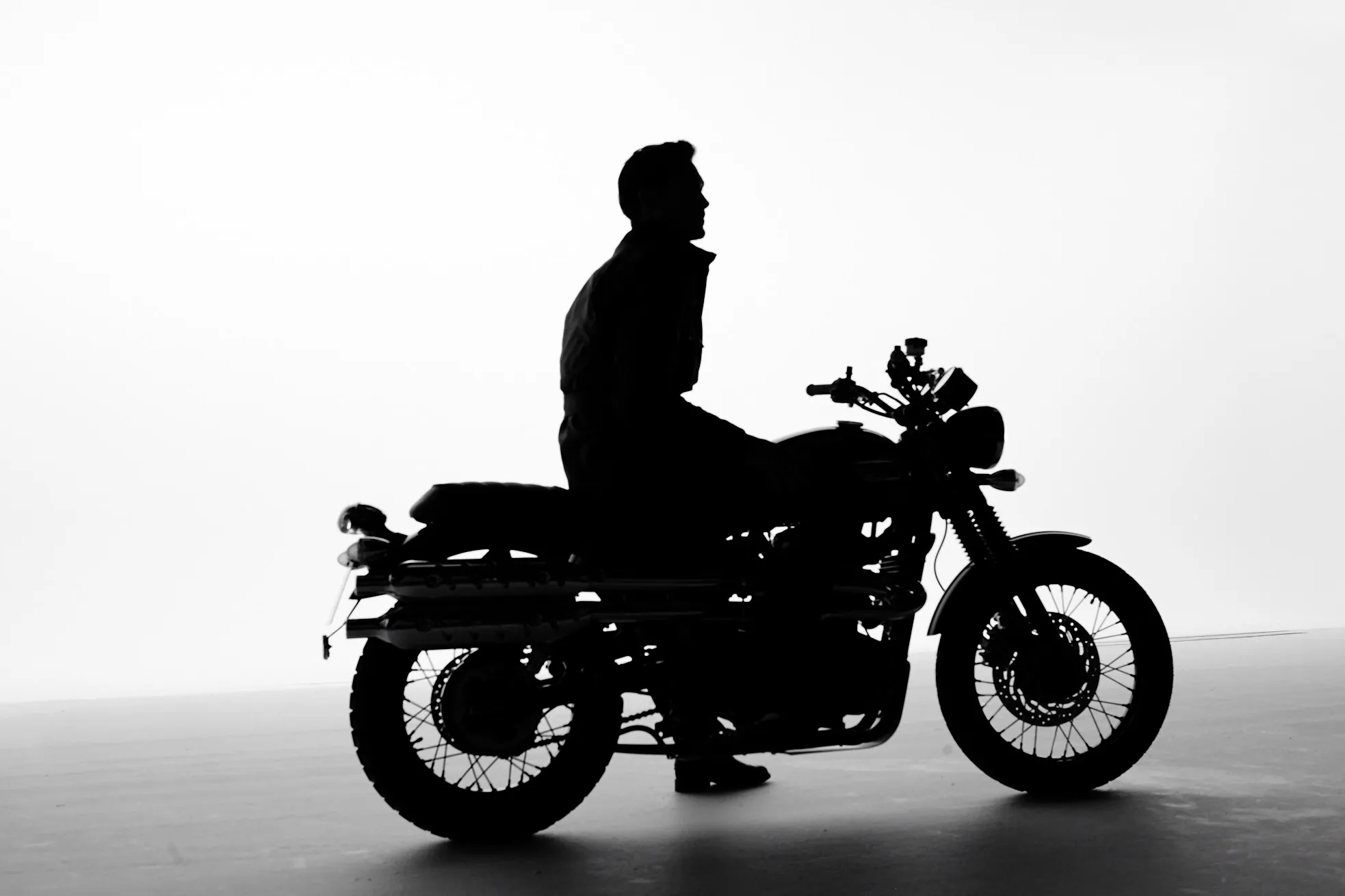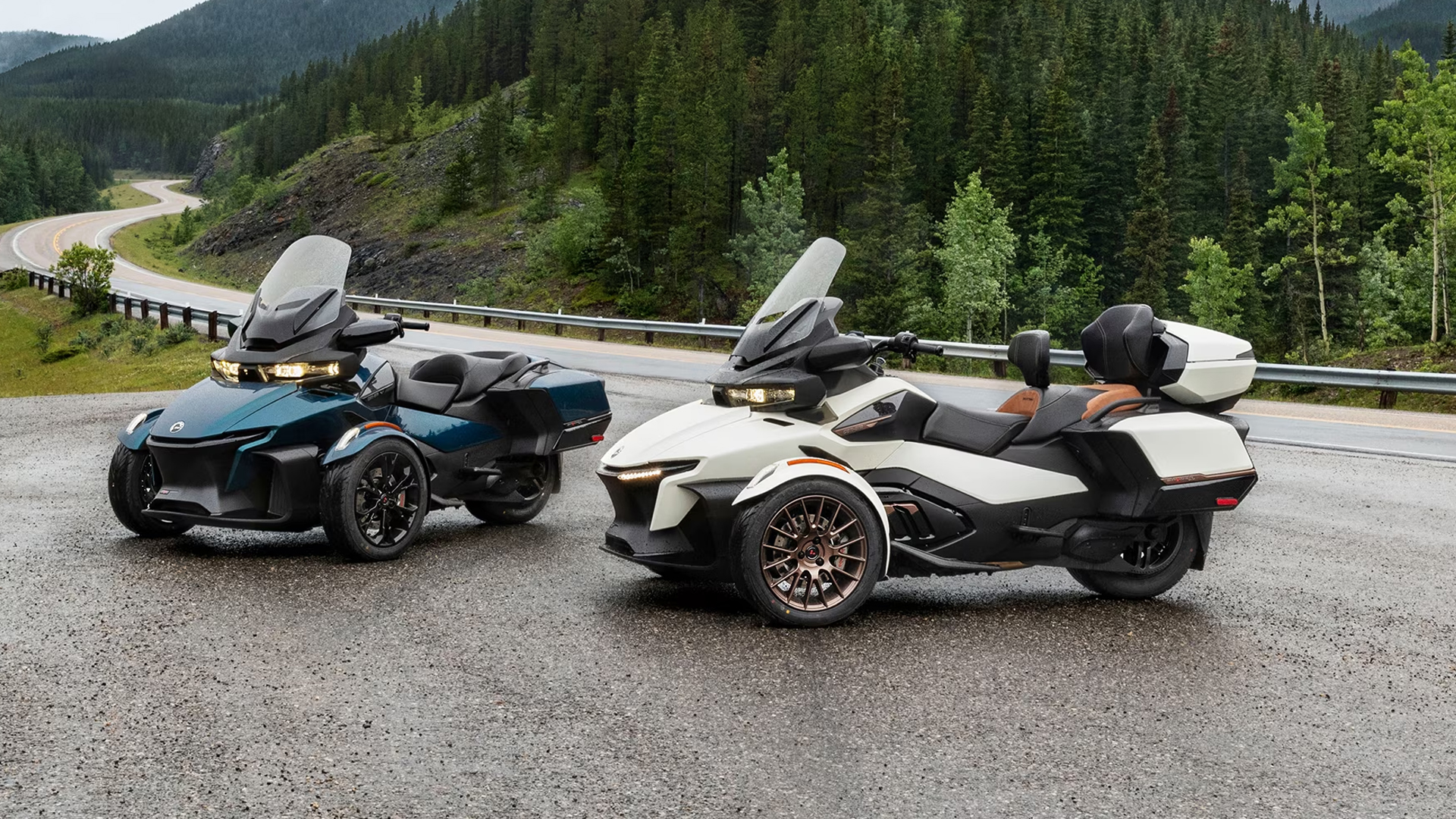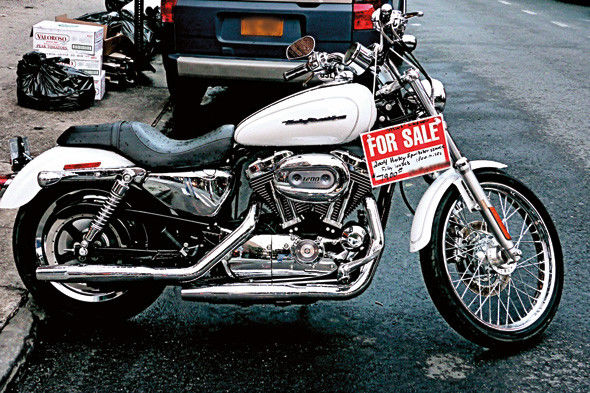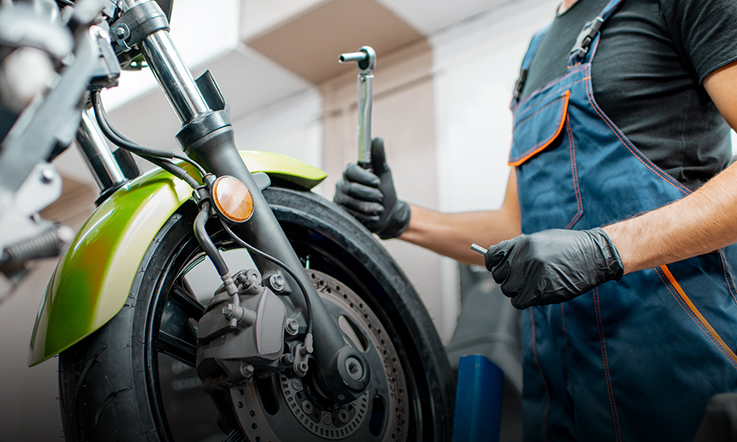
How to Choose the Right Kind of Motorcycle
Choosing the right kind of motorcycle is a decision that requires careful consideration. With so many options available in the market, it can be overwhelming to find the perfect fit for your needs and preferences. However, fear not! In this comprehensive guide, we will walk you through the essential factors to consider when selecting a motorcycle that suits your style, experience level, and riding goals.
1. Determine Your Riding Style
Before delving into the specifics of various motorcycle models, it’s important to assess your riding style. Are you an adrenaline junkie seeking the thrill of high-speed rides? Or do you prefer a more laid-back cruising experience? Understanding your riding preferences will help narrow down your options and ensure a more fulfilling motorcycle ownership journey.
2. Consider Your Experience Level
Your level of experience plays a crucial role in choosing the right motorcycle. If you’re a beginner, it’s advisable to start with a bike that is easy to handle and offers a comfortable riding position. Opting for a motorcycle with a lower engine displacement can also help build your confidence and skills gradually. On the other hand, seasoned riders might be drawn to more powerful and performance-oriented machines.
3. Evaluate Ergonomics and Comfort
Long rides can be an absolute joy or a painful experience, depending on the ergonomics and comfort features of your motorcycle. Consider factors such as seat height, handlebar position, footpeg placement, and overall riding posture. These aspects vary across different motorcycle types, so it’s important to find a bike that provides a comfortable fit for your body type and riding style.
4. Decide on the Motorcycle Type
Motorcycles come in various types, each designed for specific purposes. Here are a few popular options to consider:
a. Sport Bikes
Sport bikes are known for their aerodynamic designs, powerful engines, and precise handling. They are built for speed and performance, making them ideal for adrenaline-fueled rides on paved roads or racetracks.
b. Cruisers
Cruisers feature a laid-back riding position, low seat height, and a more relaxed feel. These motorcycles are perfect for long-distance touring or enjoying the open road with a sense of freedom and style.
c. Dual-Sport/Adventure Bikes
Dual-sport or adventure bikes combine on-road and off-road capabilities. They are designed to handle various terrains, from city streets to dirt trails. If you have a penchant for exploration and off-road adventures, this type of motorcycle might be the perfect fit for you.
d. Standard/Naked Bikes
Standard bikes, also known as naked bikes, offer a versatile riding experience. With a comfortable upright riding position and a balanced performance, they are well-suited for both daily commutes and spirited weekend rides.
5. Assess Performance and Power
The performance and power of a motorcycle can significantly impact your riding experience. Factors such as engine displacement, horsepower, torque, and weight-to-power ratio should be considered. It’s important to strike a balance between having enough power to meet your needs and ensuring you can handle the bike confidently.
6. Take Safety Features Into Account
Safety should always be a top priority when choosing a motorcycle. Look for features such as anti-lock braking systems (ABS), traction control, and stability control. These technologies can greatly enhance your safety on the road, especially during emergency situations or adverse weather conditions.
7. Set a Realistic Budget
Motorcycles come in a wide price range, so it’s essential to establish a realistic budget. Consider not only the initial purchase cost but also ongoing expenses such as insurance, maintenance, fuel consumption, and potential upgrades. Research thoroughly and weigh the features and benefits of different models within your price range.
8. Test Ride and Seek Expert Advice
Once you have narrowed down your choices, take the opportunity to test-ride the motorcycles you are considering. This firsthand experience will give you a better understanding of how each bike feels and performs. Additionally, don’t hesitate to seek advice from experienced riders, join online forums, or consult with knowledgeable professionals at motorcycle dealerships.





